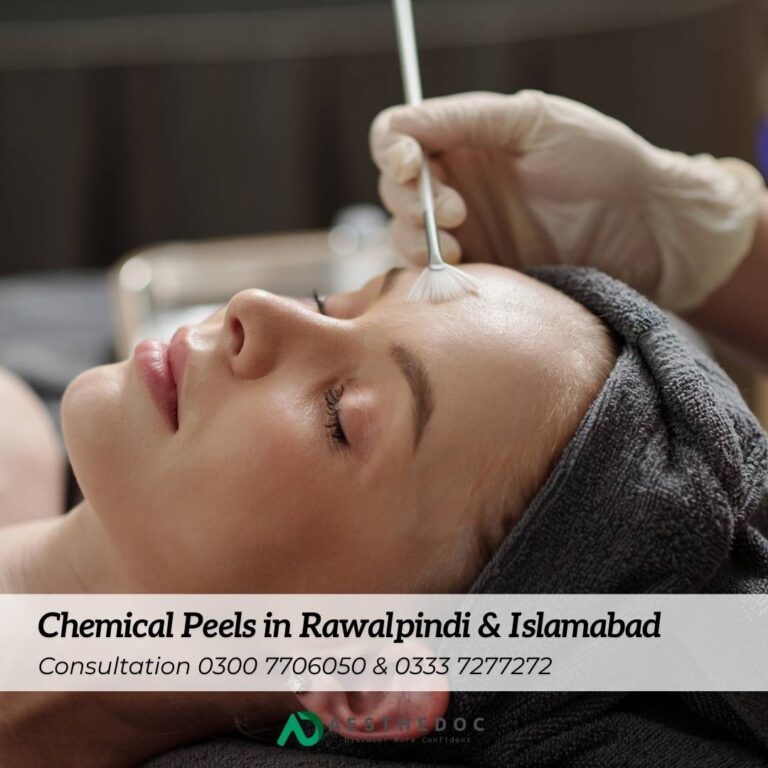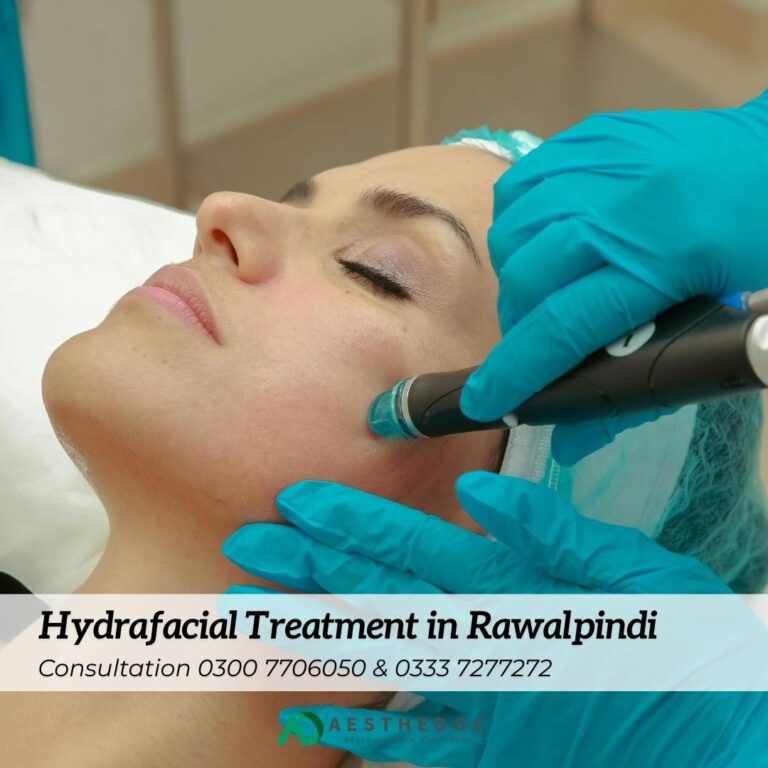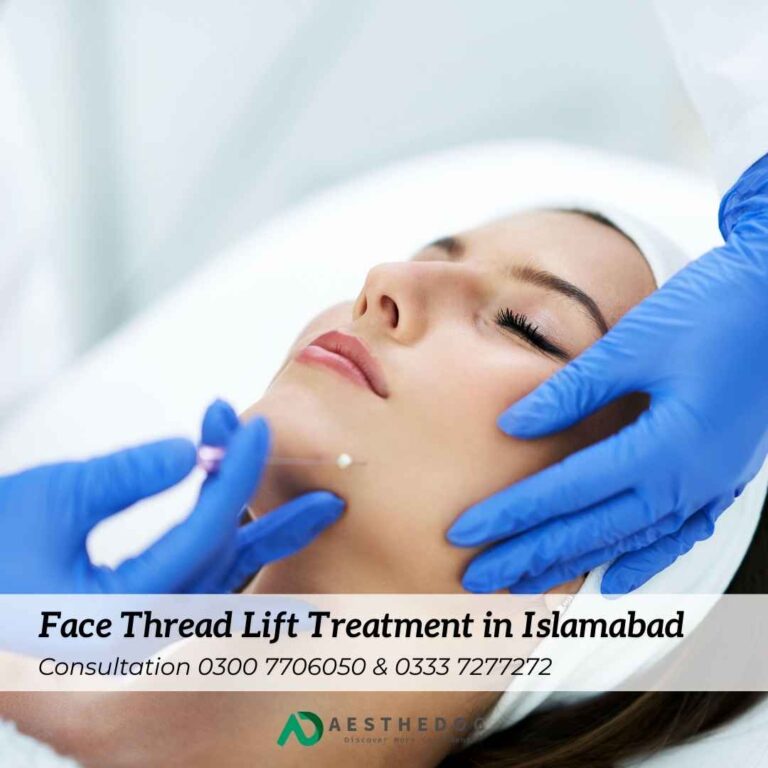Face-lift is a cosmetic procedure to create a younger look on the face. The procedure can reduce sagging skin. It can also help smooth folds of skin on the cheeks and jawline. A face-lift is also called a rhytidectomy.
In general, a facelift evolves elevating the skin and tightening the tissues and muscles. Fat in the face and neck may be sculpted, removed or moved. Facial skin is then re-draped over the newly repositioned contours of the face.
Excess skin is removed, and the wound is stitched or taped closed.
Types.
Face-lifting can be defined into two types.
1. Surgical face-lift.
2. Non Surgical face-lift.
Surgical Face-lift.
A surgical facelift(Rhytidectomy) uses cuts in the face to tighten the skin on the face and neck. A surgical facelift may also transfer fat to the face or adjust facial muscles. For this type of process, general anaesthesia is needed and an overnight hospital stay is required.
Surgical facelift Risks.
As with any major surgery, a facelift carries risks such as.
• Adverse reaction of anaesthesia.
• Seroma ( an accumulation of fluid under the skin).
• Hematoma ( Accumulation of blood under the skin).
• infection.
Poor Wound healing.
Skin loss.
• poor scarring.
• Nerve injury, which can result in muscular weakness or numbness (can be temporary or permanent).
• Hair loss at the incisions ( can be temporary or permanent).
Nonsurgical facelift.
Additional surgery may need to overcome the risks.
Nonsurgical face-lift is a process used temporarily refresh, firm or plump the skin on the face. It does not require large incisions, general anaesthesia or an overnight hospital stay. A nonsurgical facelift typically uses a combination of minimally invasive and nonsurgical techniques to improve the appearance of the skin. Treatments such as dermal fillers and fat injectors add volume for a smoother younger look.
Risks of Nonsurgical
•Facelift.
•Bleeding.
•Bruise.
•Dry Skin
•Infection.
•Itchy Skin
•Lumps or asymmetry
in the face.
•Peeling Skin.
•Scars.
•Skin Burns.
•Skin Redness.
•Swelling.
Benefits of face-lift.
Human faces change with time and age. The skin becomes looser and does not snap back as easily. Fat deposits decrease in some areas of the face and increase in others.
A facelift can address these age-related changes.
• Sagging appearance of the cheeks.
•Excess skin at the lower jawline.
•Deep skin folds from the sides of the nose to the corner of the mouth.
•Sagging skin and excess fat in the neck. ( in the neck lift procedure ).












